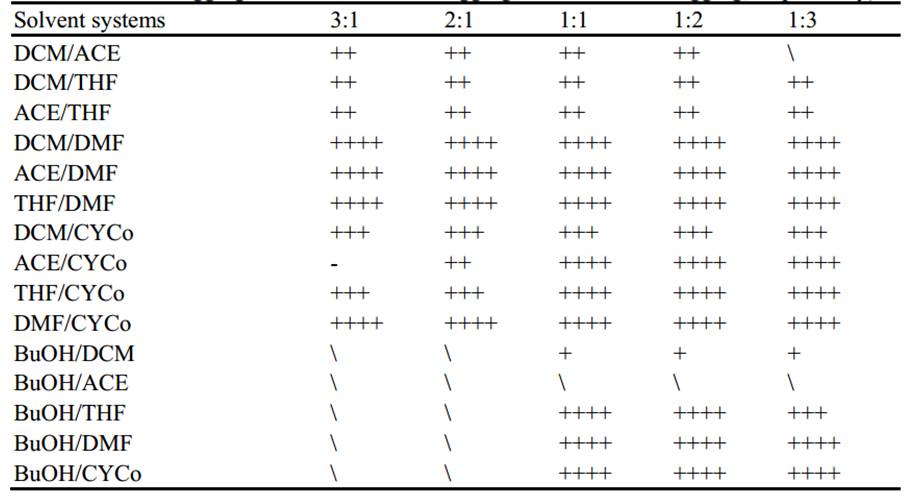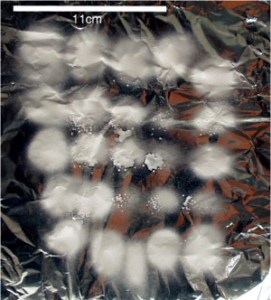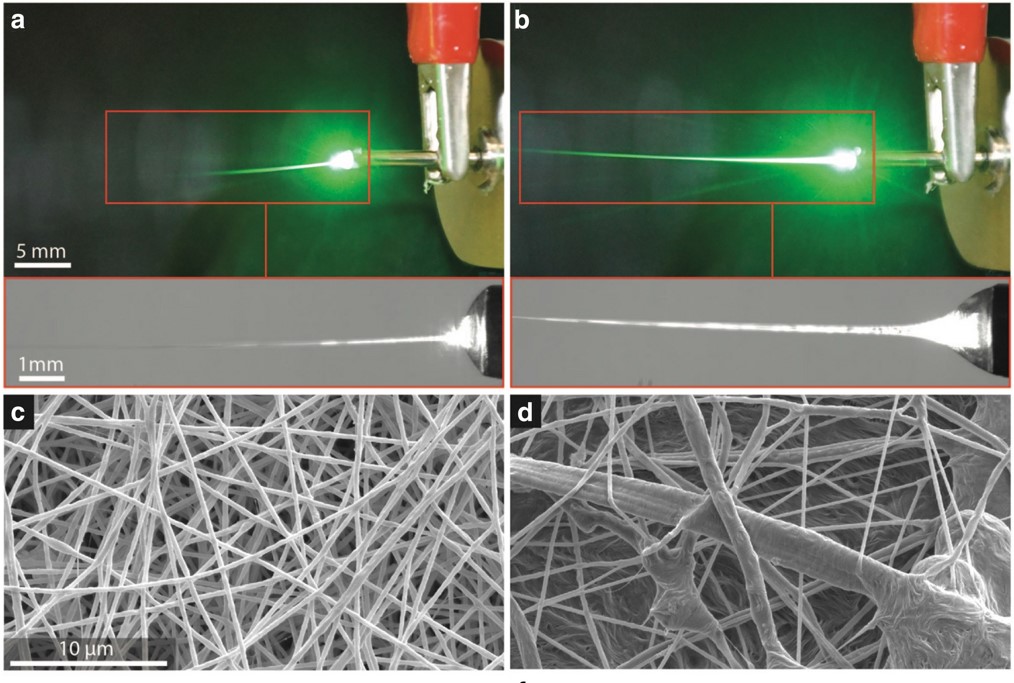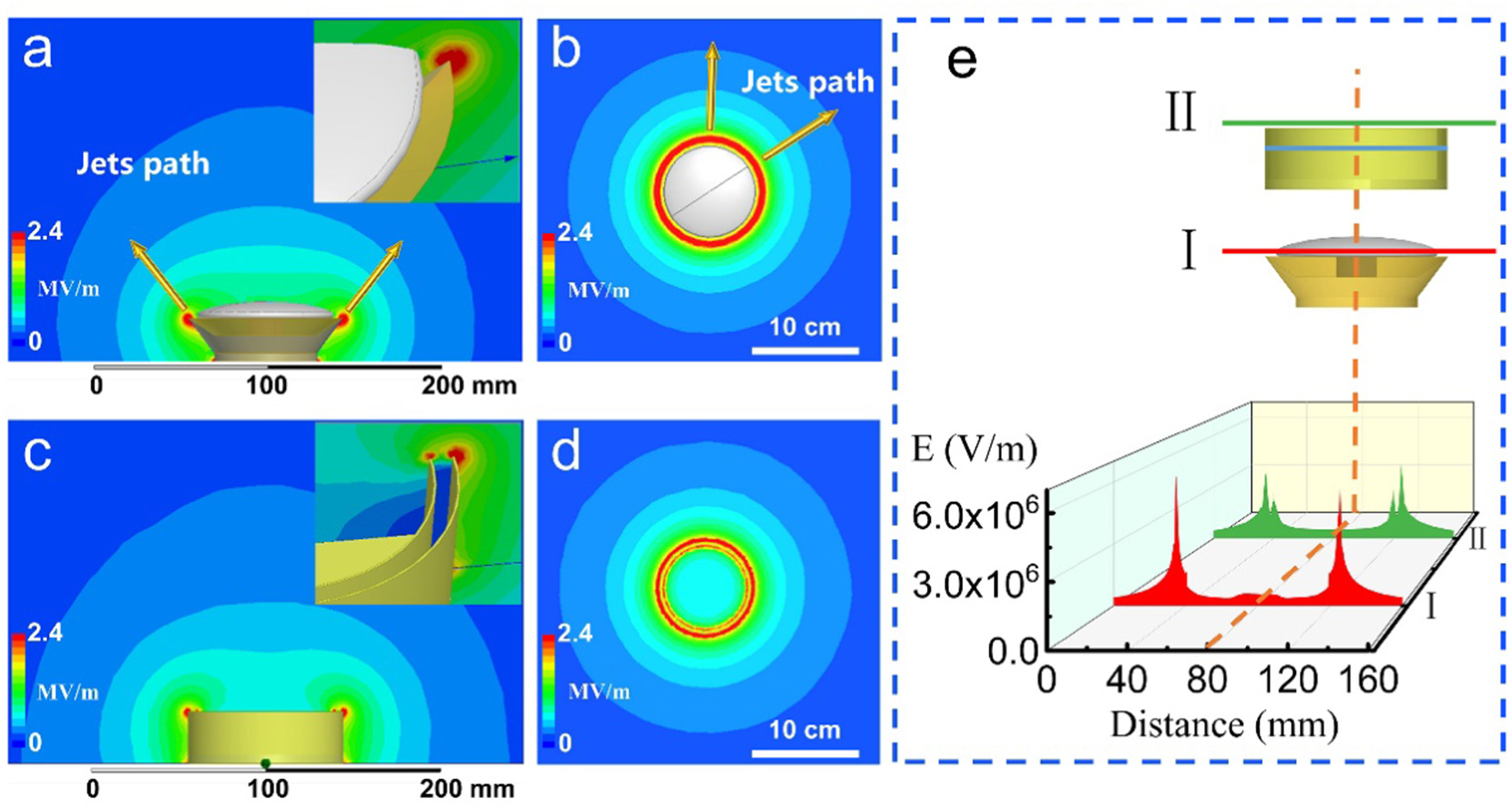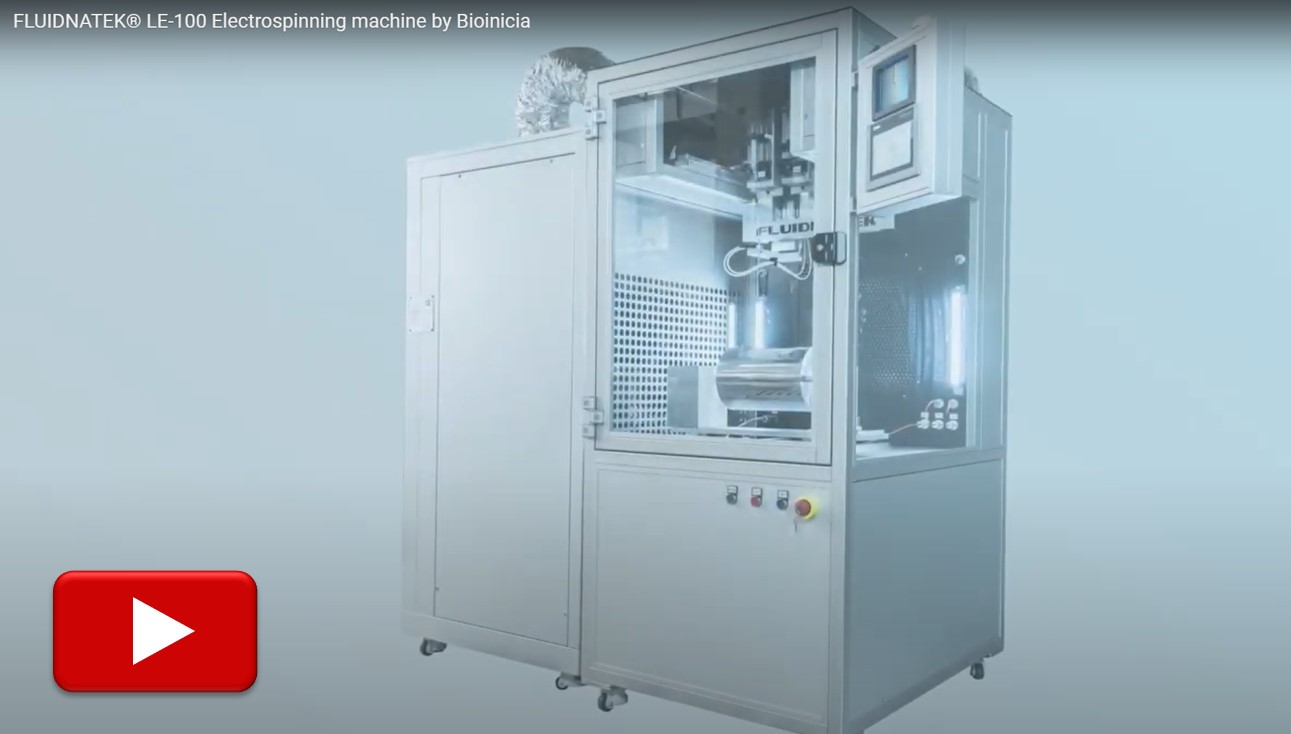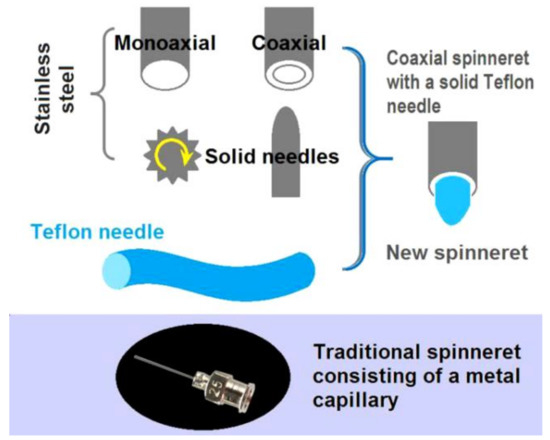▼ Reference
- Chen M, Zhang Y, Li H, Li X, Ding Y, Mahmoud M B, Yang W. An example of industrialization of melt electrospinning: Polymer melt differential electrospinning. Advanced Industrial and Engineering Polymer Research 2019 Article in press. Open Access
- Fang X and Reneker DH (1997) DNA Fibers by Electrospinning. J. Macromol. Sci. Phys. B36 169-173.
- Kang S, Hou S, Chen X, Yu D G, Wang L, Li X, Williams G R. Energy-Saving Electrospinning with a Concentric Teflon-Core Rod Spinneret to Create Medicated Nanofibers. Polymers 2020; 12: 2421. Open Access
- Koenig K, Beukenberg K, Langensiepen F, Seide G. A new prototype melt-electrospinning device for the production of biobased thermoplastic sub-microfibers and nanofibers. Biomaterials Research 2019; 23: 10. Open Access
- Kong C S, Lee S G, Lee S H, Lee K H, Jo N G, Kim H S. Multi-Jet Ejection and Fluctuation in Electrospinning of Polyvinyl Alcohol With Various Nozzle Diameters. Polym Eng Sci 2009; 49: 2286.
- Kumar A, Wei M, Barry C, Chen J, Mead J (2010) Controlling Fiber Repulsion in Multijet Electrospinning for Higher Throughput. Macromol. Mater. Eng. 295 pp. 701-708
- Larsen G, Spretz R, Velarde-Ortiz R (2004) Use of Coaxial Gas Jackets to Stabilize Taylor Cones of Volatile Solutions and to Induce Particle-to-Fiber Transitions. Adv. Mater. 16 pp. 166.
- Lee C K, Kim S I, Kim S J (2005) The influence of added ionic salt on nanofiber uniformity for electrospinning of electrolyte polymer. Synthetic Metals 154 pp. 209
- Li L, Frey M W, Green T B. Modification of Air Filter Media with Nylon-6 Nanofibers. Journal of Engineered Fibers and Fabrics 2006; 1: Open Access
- Lin Z, Woodroof M D, Ji L, Liang Y, Krause W, Zhang X (2010) Effect of Platinum Salt Concentration on the Electrospinning of Polyacrylontrile/Platinum Acetylacetonate Solution. J Appl Polym Sci 116 pp. 895-901
- Liu W J, Huang C, Jin X Y. Electrospinning of Grooved Polystyrene Fibers: Effect of Solvent Systems. Nanoscale Research Letters 2015; 10: 237. Open Access
- Lunni D, Giordano G, Pignatelli F, Filippeschi C, Linari S, Sinibaldi E, Mazzolai B. Light-assisted electrospinning monitoring for soft polymeric nanofibers. Sci Rep 2020; 10: 16341. Open Access
- Luzhansky D M (2003) Quality control in manufacturing of electrospun nanofiber composites. INTC 2003, Baltimore, Maryland. Open Access
- King S G, Stolojan V, Silva S R P. Large area uniform electrospun polymer nanofibres by balancing of the electrostatic field. Reactive and Functional Polymers 2017 Article in press Open Access
- Marton A W. Effect of Nanofiber Morphology on PVDF Air Filter Performance. Honors Research Project Thesis. University of Akron. Spring 2015. Open Access
- Morozov V N, Vsevolodov N N (2007) Electrospray-Neutralization Method for Manufacturing Free and Supported Nanomats. Adv. Mater. 19 pp. 4381.
- Pathalamuthu P, Siddharthan A, Giridev V R. Spirograph based electrospinning system for producing fibre mat with near uniform mechanical property. Indian Journal of Fibre & Textile Research (IJFTR) 2019; 43: 279. Open Access
- Prabu G T V, Dhurai B. A Novel Profiled Multi-Pin Electrospinning System for Nanofiber Production and Encapsulation of Nanoparticles into Nanofibers. Scientific Reports 2020; 10: 4302. Open Access
- Ryu H I, Koo M S, Kim S, Kim S, Park Y A, Park S M.Uniform-thickness electrospun nanofiber mat production system based on real-time thickness measurement. Scientific Reports 2020; 10: 20847. Open Access
- Samatham R, Kim K J (2006) Electric Current as a Control Variable in the Electrospinning process. Polym. Eng. Sci. 46 pp.954.
- Tsai P, Schreuder-Gibson H L. The Role of Fiber Charging on Co-electrospinning and the Resident Life of the Residual Charges from the Electrospinning Process. Presented at the American Filtration and Separations Society Spring 2003 Meeting.
- Theron A, Zussman E and Yarin AL (2001) Electrostatic field-assisted alignment of electrospun nanofibres. Nanotechnology 12 384-390.
- Theron SA, Yarin AL, Zussman E and Kroll E (2005) Multiple jets in electrospinning: experiment and modeling. Polymer 46 2889-2899.
- Varesano A, Carletto R A, Mazzuchetti G. Experimental investigations on the multi-jet electrospinning process. Journal of Materials Processing Technology 2009; 209: 5178.
- Varesano A, Rombaldoni F, Mazzuchetti G, Tonin C, Comotto R. Multi-jet nozzle electrospinning on textile substates: observations on process and nanofibre mat deposition. Polym. Int. 2010.
- Vaseashta A (2007) Controlled formation of multiple Taylor cones in electrospinning process. Appl. Phys. Lett. 90, 093115. Open Access
- Xiong J, Liu Y, Li A, Wei L, Wang L, Qin X, Yu J. Mass production of high-quality nanofibers via constructing pre-Taylor cones with high curvature on needleless electrospinning. Materials & Design 2021; 197: 109247. Open Access
- Yang Y, Jia Z, Li Q, Hou L, Liu J, Wang L. Guan Z. A Shield Ring Enhanced Equilateral Hexagon Distributed Multi-needle Electrospinning Spinneret. IEEE 2010; 17: 1592 Open Access
- Zheng G, Jiang J, Wang X, Li W, Liu J, Fu G, Lin L. Nanofiber membranes by multi-jet electrospinning arranged as arc-array with sheath gas for electrodialysis applications. Materials & Design 2020; 189: 108504. Open Access
▼ Credit and Acknowledgement
Author
Wee-Eong TEO View profile
Email: weeeong@yahoo.com
 ElectrospinTech
ElectrospinTech